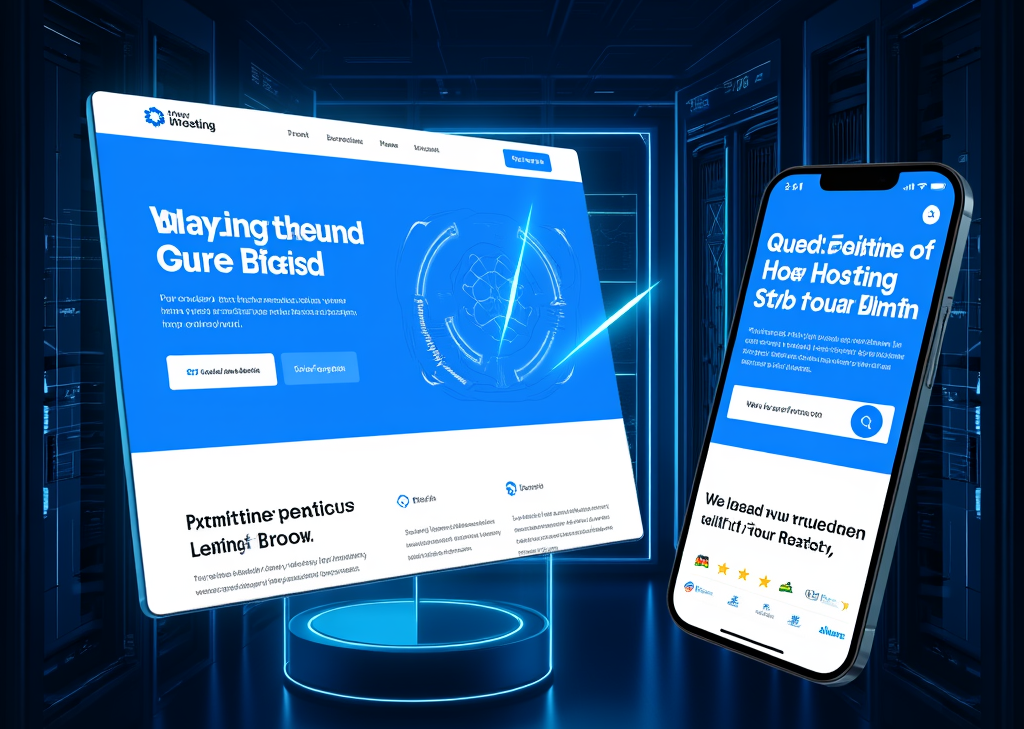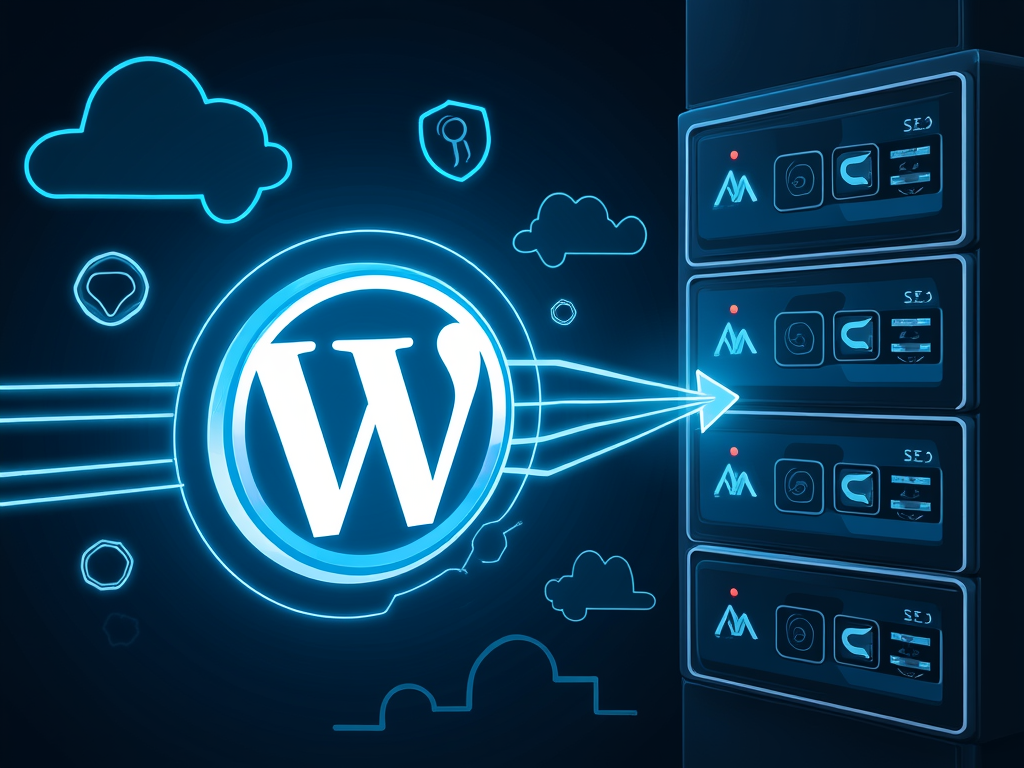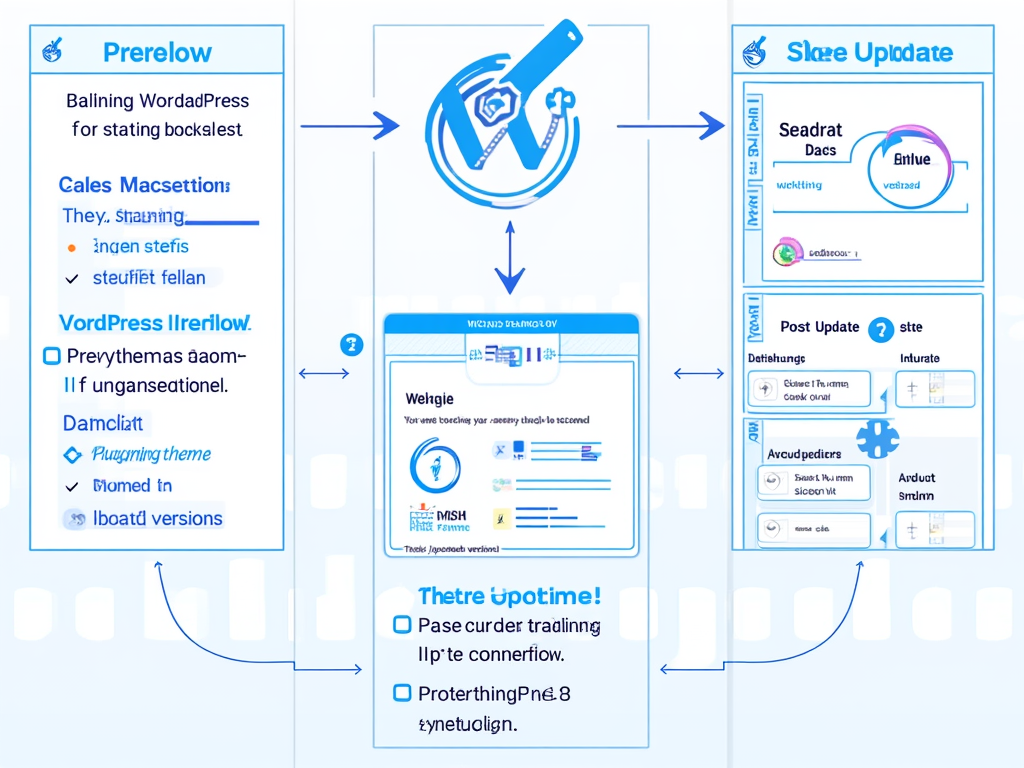to a decisive action, such as signing up for a newsletter, downloading a resource, or making a purchase.
Understanding the Essence of a Landing Page
At its core, a landing page acts as a bridge between your marketing efforts and your desired outcome. Imagine a fisherman casting his line: the bait (your marketing content) attracts the fish (visitors), and the hook (the landing page) secures their interest and guides them to take action. This clear purpose drives not only the content but also the visual presentation and overall design of the page.
- Purpose: The primary goal of a landing page is conversion. It does this by providing intuitive pathways for the visitor, presenting a singular focus that eliminates outside temptations. All competing calls to action are removed, allowing the featured offer to shine[1][4].
- Types:
- Lead Generation Pages collect information in exchange for valuable content or offers.
- Click-Through Pages are often used to prompt users to proceed to purchase a product or service after reinforcing their interest with persuasive information[1][4][7].
Different audiences require different approaches—therefore, many businesses employ multiple landing pages, each tailored to distinct segments for maximum effectiveness.
Mastering Landing Page Design Principles
What does it take to design a landing page that truly converts? Each aspect, from the color of the call-to-action button to the font of the headline, plays a critical role. Here are some essential design pillars to consider:
1. Define a Single, Measurable Goal
Every successful landing page starts with a clearly defined goal. What do you want the visitor to do? Perhaps it’s submitting a form, completing a purchase, or signing up for a trial. This goal must be evident at a glance so that every element of the page aligns seamlessly with achieving it. Remove navigation menus that can distract users; keep the focus razor-sharp.
2. Build a Strong Visual Hierarchy
The layout and visual structure guide the viewer’s eye. Craft a **strong visual hierarchy** by placing crucial elements—like the headline and call-to-action—prominently above the fold, ensuring they catch the visitor’s attention immediately. Employ contrasting colors and larger fonts to draw attention and maintain a clean, minimalist design that keeps visitors focused[2][5][8].
3. Craft a Compelling Headline
Your headline is the first interaction a visitor has with your offer, so it must immediately resonate. Use direct language that clearly conveys the benefits of what you’re offering. Think of it as the hook that keeps them fishing for more information. The messaging should align seamlessly with the ad or link that attracted them, enhancing the overall experience and establishing a sense of trust[5][8].
4. Create Irresistible Offers
The conversion hinges on your offer—ensure it’s compelling and relevant. Offers can range from free trials, exclusive discounts, or unique resources that directly address the visitor’s pain points. For example, instead of a generic fitness guide, a local gym might entice potential members with a **“Get Your First Week Free”** offer.
5. Simplify Forms
The longer the form, the greater the friction; hence, set up your forms to require only essential information. A quick name and email can suffice in many cases. Placing the form prominently on the page or keeping it sticky (so it scrolls with the user) also eliminates barriers to conversion[2][5].
6. Incorporate Social Proof
Adding elements of **social proof**, such as testimonials, reviews, and trust badges, builds visitor confidence. The sentiment, “If others trust it, perhaps I should too,” can significantly boost conversions. Consider showcasing customer ratings or notable clients to authenticate your offer.
7. Optimize for Mobile
With a staggering amount of traffic coming from mobile devices, ensuring your landing page is **fully responsive and quick to load** is crucial. A poor mobile experience can lead to lost conversions as frustrated users abandon the page[5].
8. Test and Refine With A/B Testing
The learning never stops! Regularly conduct A/B tests to compare different versions of your landing page. Small changes in wording, button color, or layout can make a significant difference in conversion rates[5][8]. This ongoing refinement process allows you to harness data-driven insights to perfect your landing strategy.
Unleashing Creativity Through Original Insights
Digging deeper into landing page optimization reveals strategies that can set your approach apart:
- Segmented Landing Pages: Crafting different landing pages for varied buyer personas can amplify relevance, allowing you to speak directly to different needs and desires.
- Leverage Emotional Appeal: Your visuals and copy should evoke emotion, whether it’s excitement or relief, tapping into what the visitor truly seeks[1]. For instance, a landing page promising instant results can be coupled with visuals of happy transformations.
Visual Elements That Captivate
Using visuals like infographics can make information digestible. A well-structured table comparing different service tiers can clarify options and enhance understanding for potential customers.
| Feature | Basic Plan | Pro Plan | Enterprise Plan |
|---|---|---|---|
| Access Duration | 30 days | 1 year | Custom |
| Support | Phone | Dedicated | |
| Price | $10/month | $99/year | Contact sales |
Each of these components plays a significant role in the success of a landing page. As you continue to craft and refine your approach, remember: every detail matters in creating a seamless user experience that guides visitors to the ultimate goal—conversion.
FINDDOMAIN.GE (Internet services LLC) is a very interesting and rapidly developing IT company. The main directions are: web development, domain and web hosting. It also offers clients sub-services and outsourcing related to the main services.
BEST OFFERS:
Do you want to create your own company website or create your own online business on the Internet?
– WEB HOSTING
– DOMAIN REGISTRATION
– WEB DEVELOPMENT
– SITE BUILDER



Refining Your Approach Based on User Feedback
As you deploy your landing pages, collecting user feedback becomes an invaluable resource for ongoing improvement. Engaging with visitors through surveys or feedback forms can yield insights into their experience, revealing pain points or areas for enhancement. Listening to the audience doesn’t just indicate what they liked; it also often highlights why they didn’t convert.
Utilizing Analytics to Measure Performance
Data drives decisions. Implementing robust analytics tools will allow you to track essential metrics such as conversion rates, bounce rates, and time spent on the page.
- Tools like Google Analytics or Hotjar can provide in-depth insights into visitor behavior, enabling you to identify how users interact with your landing page.
- Identify patterns: What sections keep them engaged? Where do they drop off? This data forms the foundation of your future optimizations, proving invaluable in the quest for higher conversions.
Conversion Rate Optimization (CRO) Strategies
With continuous analysis comes the opportunity to apply conversion rate optimization (CRO) techniques. Some vital strategies to consider include:
- Heatmaps: Use tools like Hotjar to visualize where visitors click and how they navigate the page. Understanding these behaviors can highlight which areas are most engaging and which require adjustments.
- Exit Intent Popups: Implement popups that trigger when a user is about to leave the page, offering them a last-minute deal or a chance to sign up for your newsletter.
- Segmenting Traffic Sources: Analyze which traffic sources yield the highest conversion rates. Tailor your landing pages and offers based on where your most engaged audience comes from, enabling a more tailored experience.
Examples of Successful Landing Page Designs
Drawing inspiration from successful implementations can breathe life into your design. Brands like Shopify and Airbnb utilize effective landing pages that serve as prime examples of converting potential customers.
- Shopify's Landing Page boasts a simple, clear design that emphasizes the simplicity of setting up an online store. The powerful headline paired with a direct call-to-action creates an immediate understanding of the value offered.
- Airbnb harnesses user-generated content by showcasing stunning visuals of properties alongside testimonials, establishing authenticity and trust instantly.
Best practices can be seen throughout successful campaigns—emphasizing simplicity, clarity, and a single focus on conversion.
Video Insights and Tutorials
To deepen your understanding of creating effective landing pages, numerous video resources are available. These can visually guide you through the steps and principles discussed:
- Watch this quick overview on the Importance of Landing Pages: Conversion Lead
- Explore this comprehensive Landing Page Optimization Guide for detailed insights: CXL Institute
- For specific design tips, check out this tutorial on Creating High-Converting Landing Pages: HubSpot
Final Thoughts
Designing a landing page that converts is an art form grounded in understanding your audience's needs and preferences while leveraging analytical insights to shape your approach. By focusing on a singular goal, simplifying user experiences, and honing in on compelling offers, you can create a powerful conversion machine.
Through continuous testing, adaptation, and learning from successes (and failures), your landing pages can evolve into remarkable tools that drive user engagement and business growth. Embrace the journey and allow each tweak to be a stepping stone toward mastering your landing page strategy.
Remember, every detail contributes to the larger picture. Your landing page isn’t just a page; it’s the forefront of your marketing strategy—make it count.
References
- Google Analytics: Link
- Hotjar: Link
- Shopify: Link
- Airbnb: Link
- Hotjar Heatmaps: Link
- Conversion Lead: Link
- CXL Institute: Link
- HubSpot: Link
FINDDOMAIN.GE (Internet services LLC) is a very interesting and rapidly developing IT company. The main directions are: web development, domain and web hosting. It also offers clients sub-services and outsourcing related to the main services.
BEST OFFERS:
Do you want to create your own company website or create your own online business on the Internet?
– WEB HOSTING
– DOMAIN REGISTRATION
– WEB DEVELOPMENT
– SITE BUILDER








